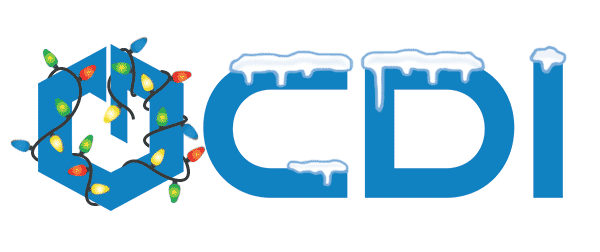Records Management - Create Your First Schedule in Laserfiche Cloud
- CDI

- Sep 24
- 3 min read
By Kyle Knebel
September 2025 Consultants Corner
Laserfiche Cloud’s Records Management makes it easy to manage retention and destruction of your Laserfiche records
This month’s article will show you how to set up Retention Schedules for Records Management functionality in Laserfiche Cloud.
Let’s build!
Step 1: Log-in as a user with Records Management (RM) privileges.
Note: To enable RM privileges, select the User under Repository Administration > Users and Groups, then select “Users”.

Set the User’s Privileges to “Records Management”, and then press the Save button.

Step 2: Back on the top-right corner, use the App Picker to navigate to “Repository Administration”.

Step 3: On the left panel, click on Records

Step 4: Click on the “Retention Schedules” tab and then click the + button to add a new schedule.
a. Name the new Schedule, then assign the Instructions

b. Set the “Instructions” for how long to retain records in months
c. Then set its final disposition (Destroy, Accession, or None).
Note: “None” usually indicates keeping it permanently.

Step 5: In some cases, you may want to use the “Alternate Instructions” for events that would trigger a different retention schedule, making records eligible for a different disposition based on an alternate event date.

Step 6: Make sure to set up Cutoff Instructions to allow documents to be put into their retention period.
A Cutoff Instruction defines when records need to be put into “Retention”, which makes them read-only records from that point onward. Usually this is at a fixed calendar “time” like the end of the year or Quarter, or an Event Date that could happen on any day. Laserfiche Cloud supports several types of Cutoff scenarios.

Step 7: Optional RM Settings
The “Setting” tab provides 4 selections to further define Repository specific behaviors related to Records Management.

Unique Record Series Codes
If you enable this option, all record series must have unique codes; if you disable this option, record series may have duplicate or blank codes.
Transfer or Accession to NARA
Some organizations are required to transfer or accession some or all their records to the National Archives and Records Administration (NARA) at some point in their retention life cycle. If this is the case, you should use the Enable transfer or accession to NARA repository. This option should only be enabled if the laws and regulations pertaining to your organization require transfer or accession to NARA.
This option will have the following effects on your repository:
Designate these records as a permanent option for the records series, and records folders will be referred to as “Designate these records for transfer or accession to NARA”.

Note: The Permanent Records search type will be referred to as “NARA Records”.
Allow Modifications of Metadata and Annotations on Inactive Records
When a record has been closed, cut off, or placed under a hold, modifications to the document are no longer permitted. In some cases, however, you may wish to prevent modifications to the document's pages and electronic file but allow modifications to the annotations and metadata.
This option does not grant users any additional rights.
Step 8: Now that you have your Cutoff Instructions and Retention Schedules, you can use them in the repository. Either assign them to a Record Series (a folder structure which assigns RM properties to all documents stored in the series) or assign RM properties directly to documents themselves.
Architecturally, Record Series (RS) are at the top, then a Records Folder below that, then a Record (document with RM properties) below that. You can create any mix in your own hierarchy, except that you cannot have a Record Series and a Records Folder in the same Record Series.
Record Series creation:
In the repository view, click the “More Actions” button on the top right. Select Record Actions > Create Record Series.

At minimum, a Record Series will have a Name (1). Note: Some Record Series may not have any RM properties if they are at the top level (optional).
Setting the Cutoff Instruction (2) and Retention Schedule (3) properties means that any new Records Series, Records Folders or documents crated under this Record Series will inherit those same properties from its parent.

The first Record Series must be created at the root level of the repository. Once created its properties are visible in the details pane when you click the Records tab. A Record Series can have any number of child Record Series, as well.

You’ve now learned the basic tools and methods to create your own Records Management schedules in your Laserfiche Cloud system.




Comments